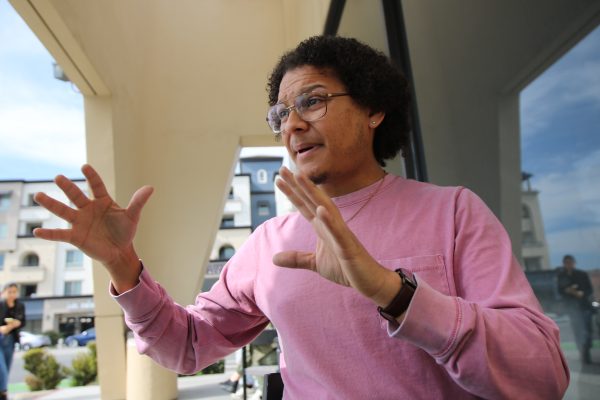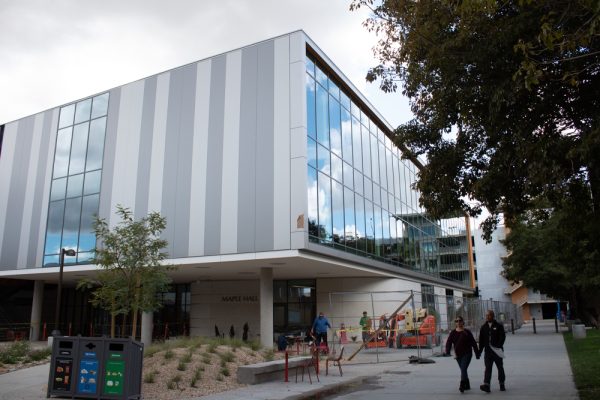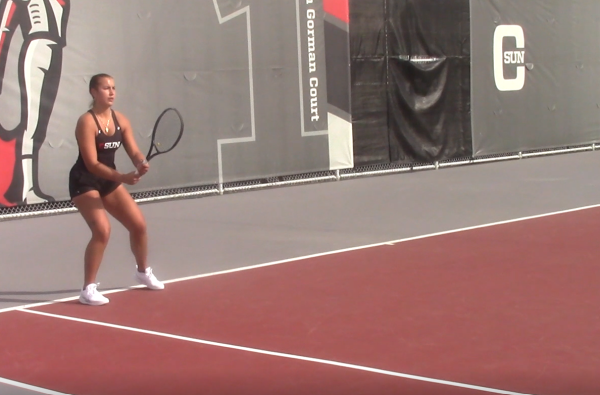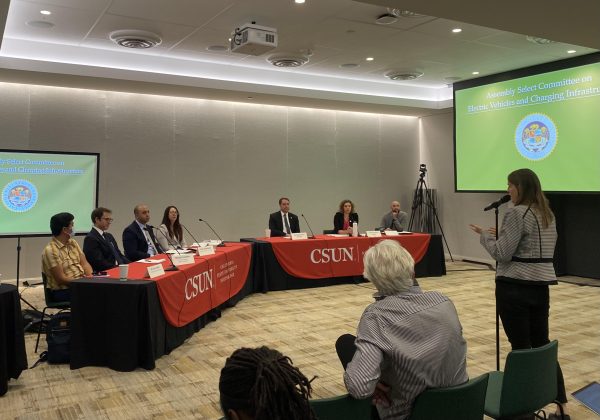CSUN student teachers help create online classroom for LAUSD students
CSUN student teachers have nearly finished their fall semester of teaching online.
November 30, 2020
The pandemic has created a new classroom environment in both primary and secondary education. For CSUN students who are also learning how to teach elementary school children, the task is twofold.
Students at CSUN who plan to become elementary teachers traditionally had to go to elementary school campuses to earn credit for their student teaching assignment. The student teaching assignment must be completed in order to be an accredited teacher in the state of California.
There are two paths to become a credentialed teacher through CSUN.
The Accelerated Collaborative Teacher Preparation Program is a post-baccalaureate program that allows students to receive their teaching credentials in two semesters.
Student teachers also have the option of joining a comprehensive program called the Integrated Teacher Education Program, where they can get their student teaching credits while earning their bachelor’s degree.
Traditionally, students practice teaching in the classrooms of elementary school mentor teachers and receive guidance from a university supervisor along the way. This all changed when the student teaching program went completely virtual.
“When the pandemic hit, it was really hard,” said Sima Navid, a university supervisor for student teachers at CSUN. “Last semester, it was just heartbreaking for some teachers in the classroom to transition. They didn’t have that much technology knowledge. They didn’t have digital literacy.”
While some schools in Los Angeles County have proceeded with their reopening plans, Los Angeles Unified School District schools have not yet applied for reopening waivers. Many CSUN students earning their teaching credentials at LAUSD schools are having to practice their skills online.
Classroom management, the skill of keeping a classroom engaged and on track, is difficult to develop in-person, let alone via Zoom.
Monika Needham, a student within the ACT program, is a student teacher at Haskell STEAM Magnet Elementary. She sees the contrast very clearly, following her previous in-class experience as a substitute teacher.
“In a regular classroom, if the kids are not getting something, if they’re out of control, or I just don’t have their attention, I can tell because I can see their face,” Needham said. “Even if their camera is on, you have 25 to 30 students. In gallery view, you can’t see them all at once. There’s no way to gauge whether your students are listening, paying attention, doing their work.”
She also expressed concerns about the well-being of current elementary school students.
“My biggest concern about all of this is that we’re letting so many children slip through the cracks,” Needham said. “It doesn’t really have to do with the school or how they run the student teaching program.”
“Are we going to leave a very large chunk of children missing a year of their education? Because that’s what’s happening,” Needham said.
Knowing how to operate multiple different types of software is essential to the online learning environment.
Zoom and Schoology, a learning management system that provides a centralized platform for grades, homework and classroom communication, have proven successful for most classrooms. Student teachers have been able to help LAUSD teachers with these platforms.
“We have a situation where we had some very experienced mentor teachers who have very little knowledge about technology,” said Anarosa Estevez, a university supervisor. “And you have the student teacher who comes in and says, ‘I can help you develop this.’ I have seen that collaboration.”
This has proven mutually beneficial because future teachers currently in the student teaching process are gaining technological skills that may be useful to them in the future.
“I do think that, ultimately, a lot of the teachers that are getting trained right now are going to have a skill-set that schools are going to want. Schools are only going to get more tech-heavy,” said Alfa Garcia, a student in the ACT program and student teacher at Lankershim Elementary in North Hollywood.
As a way to keep her students engaged during online classes, Garcia uses a website called Wheel of Names. Each student’s name appears on a colorful wheel, and when she is looking for someone to answer a question, she presses a button, and the wheel spins, randomly selecting a name.
Despite the advantages technology brings to online learning, it has simultaneously made assessing individual student performance more complicated. It can be harder to tell if a student is doing the work by themselves or with the help of a parent without seeing the students in a physical classroom.
“You don’t know how much of the work [a student submits] is entirely theirs,” Garcia said. “We’ve had an issue with a lot of students’ parents sitting right next to them the entire time.”
It’s also harder for student teachers to create connections with students. For student teachers who have already had the experience of teaching previous semesters in-person, the Zoom classroom proves to have stark differences.
Zania Avalos, another student in the ACT program who teaches at Canterbury Elementary School in Arleta, compared her current student teaching experiences to her time working as a teacher’s assistant in an elementary school.
“In a classroom, [connecting with the students is] a lot easier,” said Avalos. “The way that you can present yourself, the way that you can do hands-on activities, really make sure that they grasp the information. And then on Zoom, it’s more on the teacher to make sure that their presentations are so visually appealing that you don’t lose your students while you’re talking.”
When these gaps in learning can be closed through in-person classes remains unclear. Currently, there are plans for LAUSD to adopt a hybrid system with some learning taking place on campus and some taking place online.
However, none of this can go into effect until L.A. County enters Tier 2 on California’s Blueprint for a Safer Economy and remains there for at least two weeks. L.A. County is currently in the first tier.
Whenever a full reopening happens, however, CSUN’s student teachers are optimistic that they will be ready to reintegrate themselves into the physical classroom.
“I think this, in some ways, is benefitting the student teachers, because they’re like, ‘If I’ve been through this, I can do anything,’” said Paula Bennett, another university supervisor. “I think future elementary school students are gonna have some really good teachers.”










